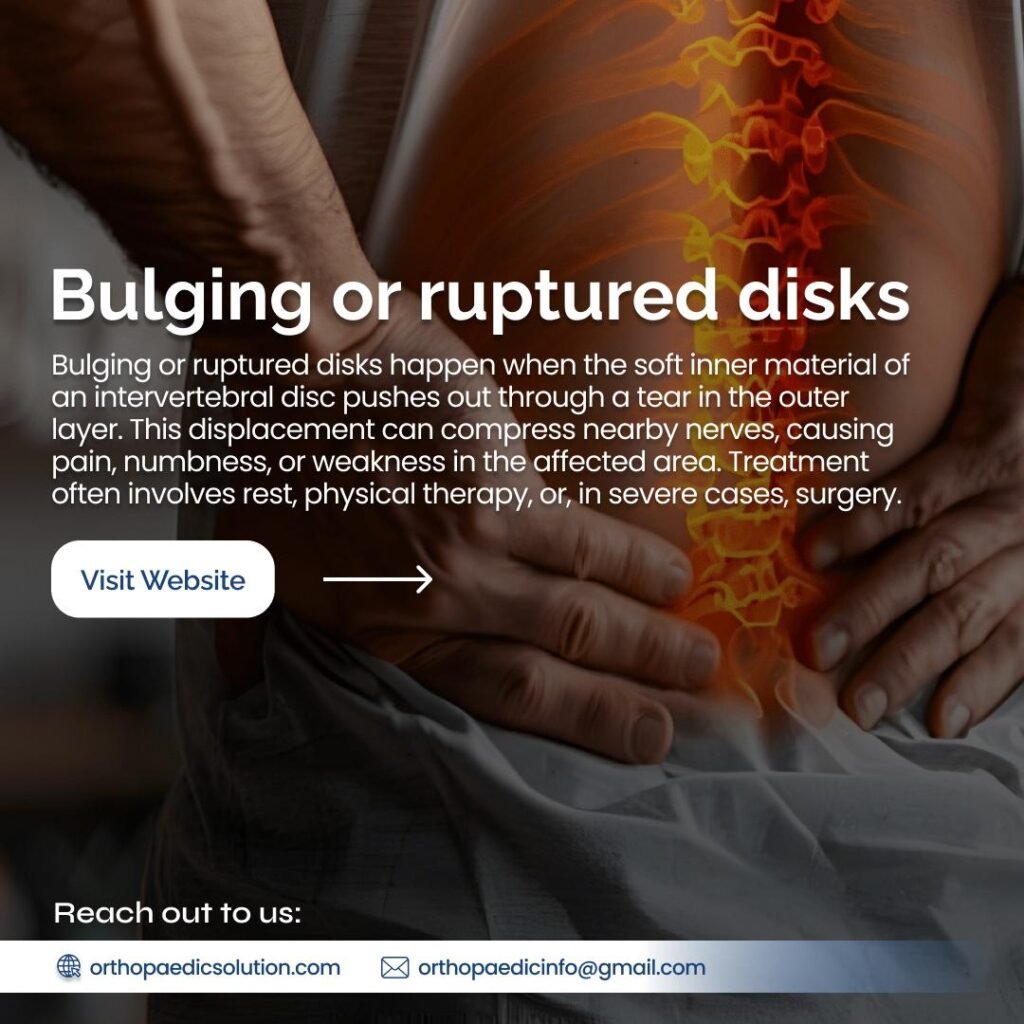Back pain is a widespread issue that affects people of all ages and lifestyles. Whether it’s from long hours sitting at a desk or lifting heavy objects, it can interfere with your ability to work, exercise, or even enjoy everyday activities. In this article, we’ll explore effective techniques for back pain relief and management, including exercises, natural remedies, and products that can help you find relief.
Understanding Back Pain
Types of Back Pain
Back pain can be classified into different types, and understanding them is crucial for proper treatment.
- Acute back pain typically lasts less than six weeks and is often caused by sudden movements or injuries.
- Chronic back pain persists for more than three months and may be due to underlying conditions like herniated discs or arthritis.
Lower back pain is the most common, but pain can also occur in the upper or middle back. Sciatica is another condition that causes shooting pain down the legs due to nerve irritation.
Common Causes of Back Pain
- Poor posture from sitting at a desk for long hours
- Muscle strain from lifting heavy objects or overexertion
- Herniated discs or spinal issues
- Lack of exercise, which weakens muscles, especially in the core
Understanding these factors can help you prevent and manage back pain more effectively.
Immediate Techniques for Back Pain Relief
When you’re dealing with back pain, immediate relief is essential. Here are some quick solutions you can try at home.
| Method | Description |
|---|---|
| Cold and Heat Therapy | Use ice packs to reduce inflammation, followed by heat therapy to relax muscles. |
| Pain Medications | Over-the-counter anti-inflammatory drugs like ibuprofen can reduce pain quickly. |
| Stretching and Mobility | Gentle stretches like child’s pose or cat-cow can relieve tension in the back. |
| Massage Techniques | A simple self-massage or a foam roller can release tight muscles. |
| Topical Pain Relievers | Creams or gels with menthol can offer localized relief. |
Incorporating these remedies into your routine can provide immediate back pain relief without needing professional help.
Long-Term Back Pain Management Techniques
While immediate relief is helpful, long-term management of back pain is critical to avoid recurring issues. Here are some strategies to manage chronic pain and prevent it from returning.
Posture Correction
Many people experience back pain due to poor posture, especially if they work at a desk. Lower back pain treatment often starts with improving posture. Invest in ergonomic furniture, such as chairs with lumbar support, and adjust your workspace to maintain a neutral spine position.
Core Strengthening Exercises
A strong core can support your spine and reduce pressure on your lower back. Try exercises like planks, bridges, and bird-dogs to strengthen your core muscles. These exercises can prevent future injuries and provide long-term relief from back pain.
| Exercise | Description |
|---|---|
| Planks | Strengthens the core and stabilizes the spine. |
| Bridges | Targets the glutes and lower back muscles for added support. |
| Bird-dog | Improves balance and strengthens the core and lower back. |
Stretching and Flexibility Routines
Regular stretching can improve your flexibility and reduce tension in your muscles. Stretching exercises like spinal twists and cobra stretches can help maintain spine mobility, crucial for long-term pain management.
Physical Therapy
If your pain persists, consider seeking chronic back pain management through professional physical therapy. A physical therapist can provide personalized exercises and manual therapies to target the root cause of your pain.
Lifestyle Changes for Preventing Back Pain
Long-term back pain management also requires lifestyle changes. Making the following adjustments can significantly reduce your risk of recurring pain.
Active Lifestyle and Movement
Prolonged sitting can worsen back pain, so it’s essential to incorporate movement into your daily routine. Take regular breaks to walk, stretch, and avoid sitting for long periods. Low-impact activities like walking, swimming, or yoga are great for staying active without putting too much strain on your back.
Sleep and Rest
The quality of your sleep also affects your back health. A supportive mattress and proper sleeping position can reduce strain on your spine. When looking for the best mattress for back pain, consider one that keeps your spine aligned while offering adequate support.
Stress Management
Stress can contribute to muscle tension, leading to back pain. Incorporate relaxation techniques like meditation, breathing exercises, or yoga into your routine to manage stress effectively.
Alternative Therapies and Treatments
There are also alternative therapies you can try to manage back pain naturally.
| Therapy | Description |
|---|---|
| Chiropractic Care | Spinal adjustments to relieve pain and improve function. |
| Acupuncture | Ancient therapy that may help reduce pain through targeted points in the body. |
| Massage Therapy | Deep tissue or Swedish massages can relieve muscle tension and pain. |
| TENS Machines | Electrical stimulation that can help block pain signals to the brain. |
| Yoga and Pilates | Gentle practices that strengthen core muscles and improve flexibility. |
These alternative treatments can complement traditional methods and offer additional natural remedies for back pain.
You may also read: Severe Pain: Causes & Solutions
When to Seek Medical Help
Although most back pain can be managed at home, certain symptoms may require medical attention:
- Numbness or weakness in the legs
- Persistent pain lasting more than a few weeks
- Pain accompanied by fever or weight loss
In these cases, a doctor may recommend diagnostic tests like X-rays or MRI to determine if you need more advanced treatments such as injections or surgery.
Conclusion
Back pain is a challenge that many people face, but by using a combination of immediate remedies and long-term strategies, you can find lasting relief. Incorporating exercises, lifestyle changes, and natural remedies into your routine can help manage your pain effectively. Always consult a healthcare professional for personalized advice, especially if your pain persists or worsens.




